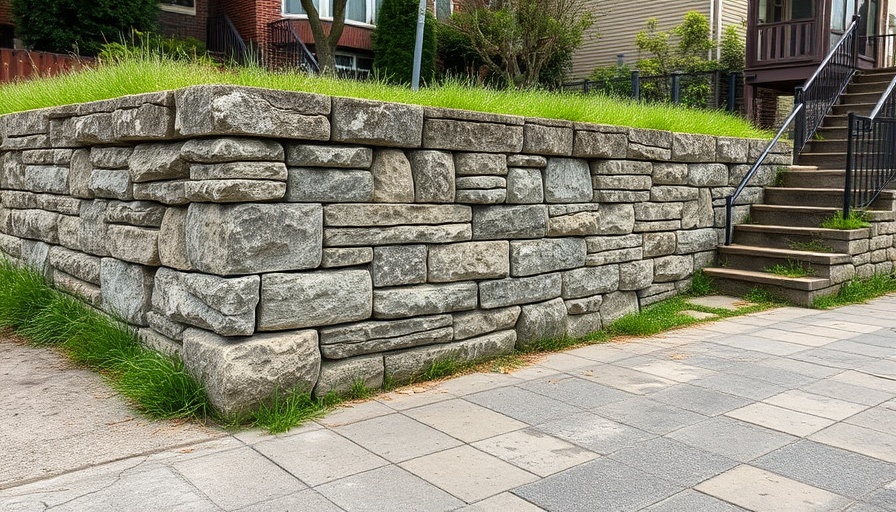
Understanding the Role of Retaining Walls in Landscaping
Retaining walls play a crucial role in maintaining landscape integrity, particularly in hilly terrains or areas with significant elevation changes. These structures prevent soil erosion and collapse, ensuring that the land remains intact and stable. For homeowners, understanding the mechanics behind retaining walls and their installation can save a substantial amount in repair costs. When effectively constructed, retaining walls can hold back large volumes of soil, allowing for the creation of usable outdoor spaces, such as gardens and patios.
Common Causes of Retaining Wall Failures
One of the leading causes behind retaining wall collapses is inadequate drainage. Water that builds up behind the wall can create excessive pressure, ultimately leading to structural failure. While many DIY enthusiasts might overlook drainage systems, they are indispensable. Construct proper drainage systems, like weep holes or drainage pipes, to facilitate water movement away from the wall. Additionally, issues like soil saturation, heavy loads placed atop the wall, and even environmental factors such as freeze-thaw cycles can exacerbate the risks of collapse. Homeowners should also be cautious not to overload their retaining walls with vehicles or additional landscaping features, as this can lead to structural weaknesses over time.
Preventative Measures: Safeguarding Your Investment
To avoid the costly consequences of a collapsing retaining wall, proactive measures must be taken. Start by engaging a structural engineer who can assess the area and design a wall tailored to the specific soil conditions. Next, ensure sufficient compaction of the soil beneath the wall and establish effective drainage. Regularly inspect your retaining wall for signs of wear and tear, such as cracks or leaning. Early detection is key; small issues may be fixed with minor repairs, while ignoring them could lead to more extensive damage.
What to Do When a Wall Shows Signs of Failure
If you notice your retaining wall leaning or cracking, immediate action is necessary. First, determine the extent of the damage. Minor cracks might be repaired with epoxy injections, while a leaning wall could require more comprehensive stabilization methods. In severe cases, such as a collapse, replacement might be the only option. Contacting professionals who specialize in retaining wall repairs can ensure proper assessment and solutions tailored to your wall's condition.
Cost Considerations: Knowing What to Expect
The costs associated with retaining wall repairs or replacements can vary significantly based on material, size, and the underlying causes of failure. On average, a repair for minor issues may cost a few hundred dollars, while more extensive work can run into the thousands. Homeowners should seek multiple quotes from contractors and prioritize quality workmanship over the cheapest option. Remember, a well-constructed retaining wall can last for decades, making it a worthy investment for your property.
Conclusion: Take Action to Protect Your Home
Retaining wall maintenance may not seem critical at first glance, but understanding and addressing potential issues is vital for preventing significant repairs down the line. With the right knowledge and expert guidance, you can ensure your retaining wall remains a safe and reliable part of your landscaping. Don't hesitate to take action if you notice any signs of deterioration, as addressing problems early can save you time and money in the long run.
 Add Row
Add Row  Add
Add 



Write A Comment